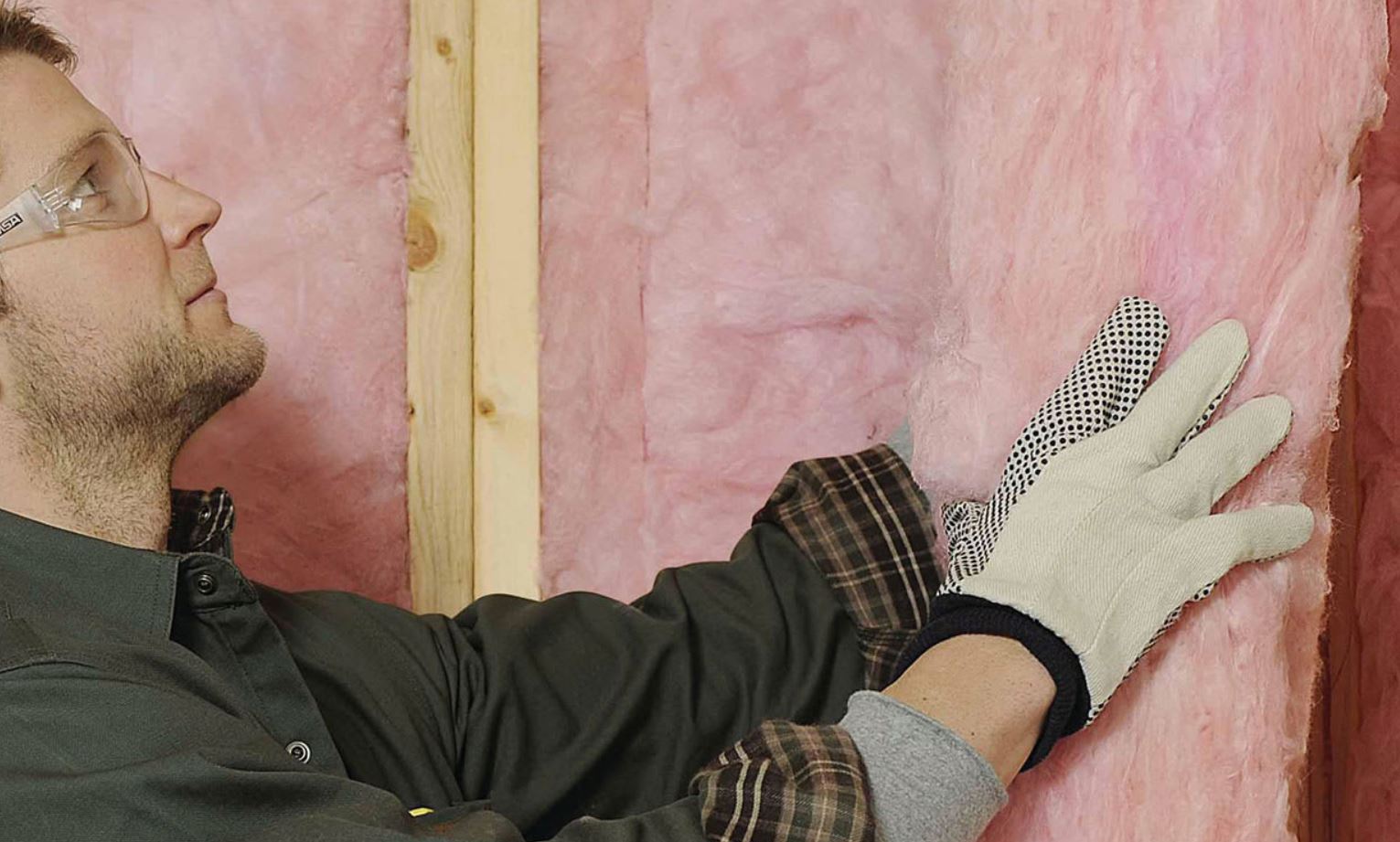Warm & Dry: Insulating Beneath Your Basement Slab for Comfort and Value

Warm & Dry: Insulating Beneath Your Basement Slab for Comfort and Value
Imagine a basement that's not just storage space, but a cozy, comfortable extension of your home. This is achievable by taking a few key steps during construction to insulate beneath the basement slab. Forget the stereotype of the dank, cold, and musty basement – with proper insulation, you can create a valuable, usable space.
The Challenge: Moisture and Heat Loss
Basements, being in direct contact with the earth, are susceptible to moisture intrusion and heat loss. Concrete acts like a sponge, absorbing moisture from the surrounding ground. This can lead to uncomfortable humidity, musty odors, and even mold growth, impacting the overall health and air quality of your home. Furthermore, while it's commonly believed that heat always rises, it actually flows towards cooler areas. Since the ground beneath your basement is typically cooler than the basement temperature year-round, heat will naturally escape through the concrete slab.
The Solution: Insulation and a Vapor Barrier
The most effective way to combat these issues is to create a barrier against both moisture and heat loss before the concrete slab is poured. This involves installing both an insulation layer and a vapor barrier directly beneath the slab. The insulation will help retain warmth within the basement, while the vapor barrier will prevent moisture from migrating through the concrete.
A Step-by-Step Guide to Under-Slab Insulation
Here's a detailed guide for builders and homeowners on how to properly insulate beneath the basement slab:Gravel Base Preparation
Begin by evenly spreading the base gravel under the basement slab. Crucially, reduce the gravel depth by 1 inch compared to standard practice. This adjustment creates space for the insulation layer.Extruded Polystyrene (XPS) Foam Board Installation
Place a 1-inch layer of 4'x8' extruded polystyrene (XPS) foam board over the prepared gravel base. Ensure the foam boards cover the entire floor area, creating a continuous insulating layer. XPS foam is recommended for its superior moisture resistance compared to other types of foam insulation.Sealing the Insulation
Carefully tape all joints between the foam boards using high-quality builder's tape. The goal is to create an airtight and continuous insulation layer, preventing thermal bridging and maximizing the insulation's effectiveness.Vapor Barrier Installation
Lay 5 mil polyethylene sheets over the foam board. Overlap the seams by at least 6 inches to ensure a complete and impermeable barrier. Thoroughly inspect the polyethylene for any gaps, tears, or holes, and repair them meticulously with builder's tape. This polyethylene layer serves as the crucial vapor barrier, preventing ground moisture from reaching the concrete slab.Sealing the Vapor Barrier
Just as with the foam board, meticulously tape all seams and edges of the polyethylene vapor barrier with builder's tape. This ensures the barrier is completely sealed and effective.Concrete Pour
With the insulation and vapor barrier in place, you can now pour the concrete slab following standard construction procedures.
Benefits of Under-Slab Insulation
- Increased Comfort: Enjoy a warmer, more comfortable basement living space year-round.
- Reduced Energy Costs: Minimize heat loss through the floor, leading to lower heating bills.
- Improved Air Quality: Prevent moisture buildup and mold growth, contributing to a healthier indoor environment.
- Enhanced Home Value: A well-insulated basement adds significant value to your property.
- Foundation Integrity Protection: In colder climates, freezing and thawing of the ground can cause the slab to shift or crack over time. Insulating the slab helps to stabilize the ground temperature, reducing the risk of frost heave or other damage to the foundation.
- Condensation Prevention: If there's a temperature difference between the slab and the air in the basement, condensation can form on the underside of the slab, leading to potential water damage or mold issues. Insulating under the slab can help mitigate this issue by maintaining a more stable temperature differential.




